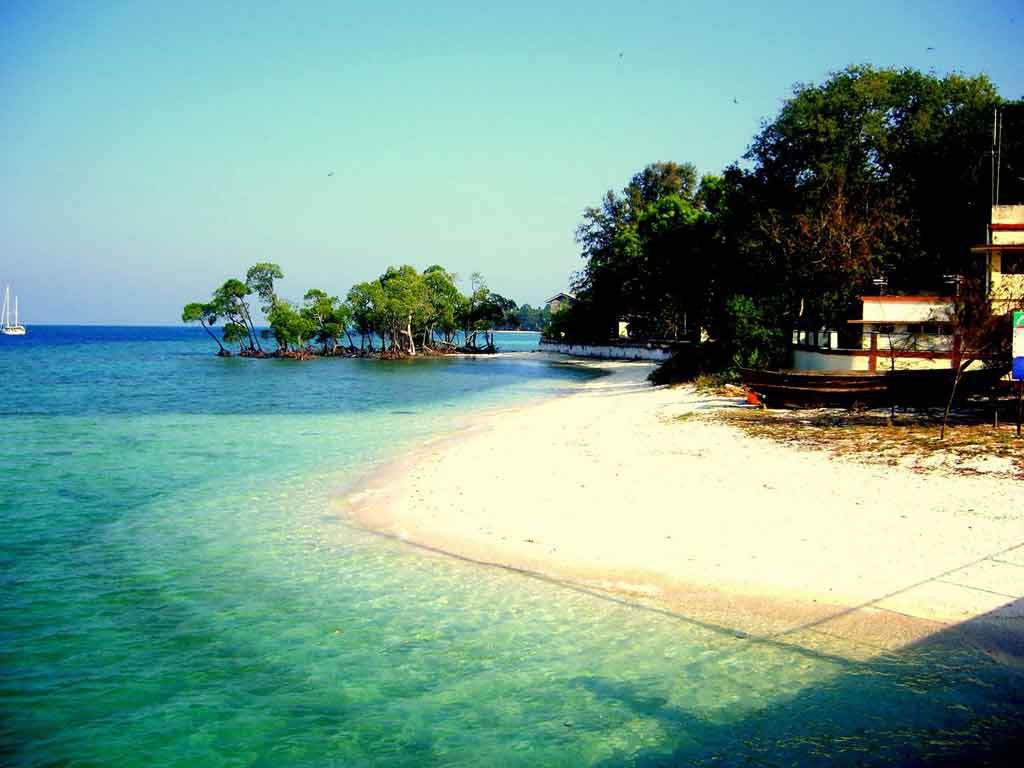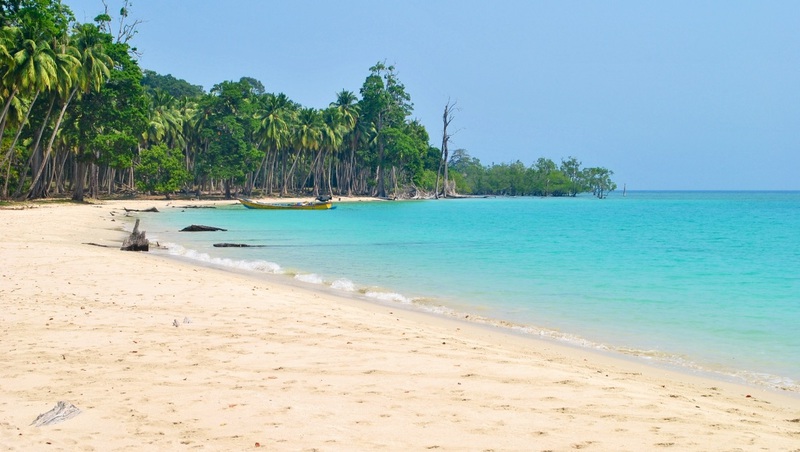“I was somewhere in Andaman, and I don’t really know what country I was in.”
Sometimes we don’t know the existence of a place until a friend or a stranger utters words like this. I did not check the map nor did I read anything about them. Sadly, I did not dig any deeper.
A year after, I found myself in India, getting confused, excited, and bewildered of its chaos and charms. Someone from the same school publication I was part of and who is married to an Indian-American commented on my photo on Facebook. That person said I should dive in the Andaman Islands. But sadly, I wasn’t curious enough to read some more of these islands.
The subcontinent in itself is already too vast and too varied for a month-long trip. But travelers do get older and perhaps wiser. As a traveler, I spend time reading about places I haven’t been to. As a travel content creator, I have the privilege to write about these places. The act of stringing words after words becomes a struggle and eye-opening at the same time. It feels like you’re informing yourself while being paid for doing so. I’m not in the position to complain about my job.
Someday, I’ll make it to Andaman and perhaps avail of some Andaman tour packages. While hoping and saving for that trip. Meanwhile, let us all educate ourselves of this tiny cluster of islands in the Bay of Bengal.

1. It is home to the only active volcano in South Asia.
Barren Island is barren except for the volcano inhabited the whole island. In the entirety of South Asia, it is surprising to know that Barren Island is the only recorded active volcano ever found in the region. And it is barely felt since the volcano itself is rather distant from the main cluster of Andaman Islands.
2. It is home to the most gigantic arthropod alive in the world.
Robber crab—otherwise known as coconut crab or birgus latrothe—largest living arthropod on land, can be found in Andaman Island. Curious how it gets its names? At night, it climbs coconut trees, bores a hole in to baby coconuts, and eats the soft meat inside. Definitely, it is a robber. A curious and science-loving traveler, if ever given the chance to see it, I could brag to no end about it. For such encounters of nature’s superlatives don’t happen every day.

3. Commercial fishing is not allowed in the islands.
It is pretty easy to imagine that mermaids or Poseidon’s clan live in the waters surrounding the Andaman Islands. The scenes underwater are lush, living, and vibrant. Expect whales, dolphins, sea turtles, dugongs, and other playful marine creatures enjoying their home. Why do the underwater creatures thrive here? Commercial fishing has not been allowed for the past forty years. Some locals even joked some fish die from being old. That being said, the Andaman Islands are some of the best diving destinations in the world. If you want to explore a different kind of world, having it in Andaman is one of the best decisions you could do in your entire life.
4. Leatherback turtle—the biggest turtle in the world—come ashore to nest here.
The islands are home to the biggest nesting populations of leatherback turtles and hawksbill turtles. If seeing the largest turtle in the world is high in your list, plan your stay in the Andamans from March to October, which is the nesting seasons for the turtles. Although I’ve seen hawksbill turtles in my constant travels around Southeast Asia, the sighting of such fragile yet beautiful creatures doesn’t fail to make me excited. There is something spiritual about them. There is something about them that make you happy, sad, and pensive.
5. The most isolated Paleolithic tribes of the world lives in North Sentinel Island.
The Sentinelese repel any contacts with the modern world. They are the indigenous people living in North Sentinel Island, one of the islands of the Andamans. Armed with bow and arrow, they shoot those who attempt to land on their island. As far as record shows, the Sentinelese are a hunter-gatherer society. There are no records of them knowing how to produce fire or how to grow a garden. But who knows, right?

6. Most parts of the Andaman Islands belong to India, but geographically it is a lot nearer to Thailand and Myanmar.
This I learned after looking for these islands on Google Maps. Zooming out the entire map of Asia, I found the Andaman Islands hardly visible. It gradually becomes visible when I zoom in the blue sea between South Asia and Southeast Asia. And there they are, seemingly tiny islands floating west of Thailand, south of Yangon, Myanmar, and east of India. And when I zoomed in farther, the islands are not actually small. It takes some days to explore the whole cluster and perhaps years to understand the Andaman ways of living.
7. Serene beaches are common sights in the Andaman Islands.
The Andaman Islands inspire romance, serenity, and quietude. Its unpeopled long stretch of white-sand beaches charm visitors. It encourages them to relax those knotted nerves and indulge in a moment of serenity. Havelock Island, for one, is touted as one of the most beautiful beaches in Asia by no less than Time magazine. Walk barefoot on Elephant Beach and Lalaji Beach. Wind on Bharatpur Beach. Or, read a book on Merk Bay Beach.
The possibilities you have in Andaman Islands carry the hues of white, blue, and green—the colors of a well-spent island holiday.
Jona Branzuela Bering, Palanca awardee and author of the poetry collection Alang sa Nasaag (For the Lost), blogs at Backpacking with a Book. She left her beautiful life in Cebu to pursue her goal of traveling long-term abroad. She’s currently based in Hanoi, Vietnam.









